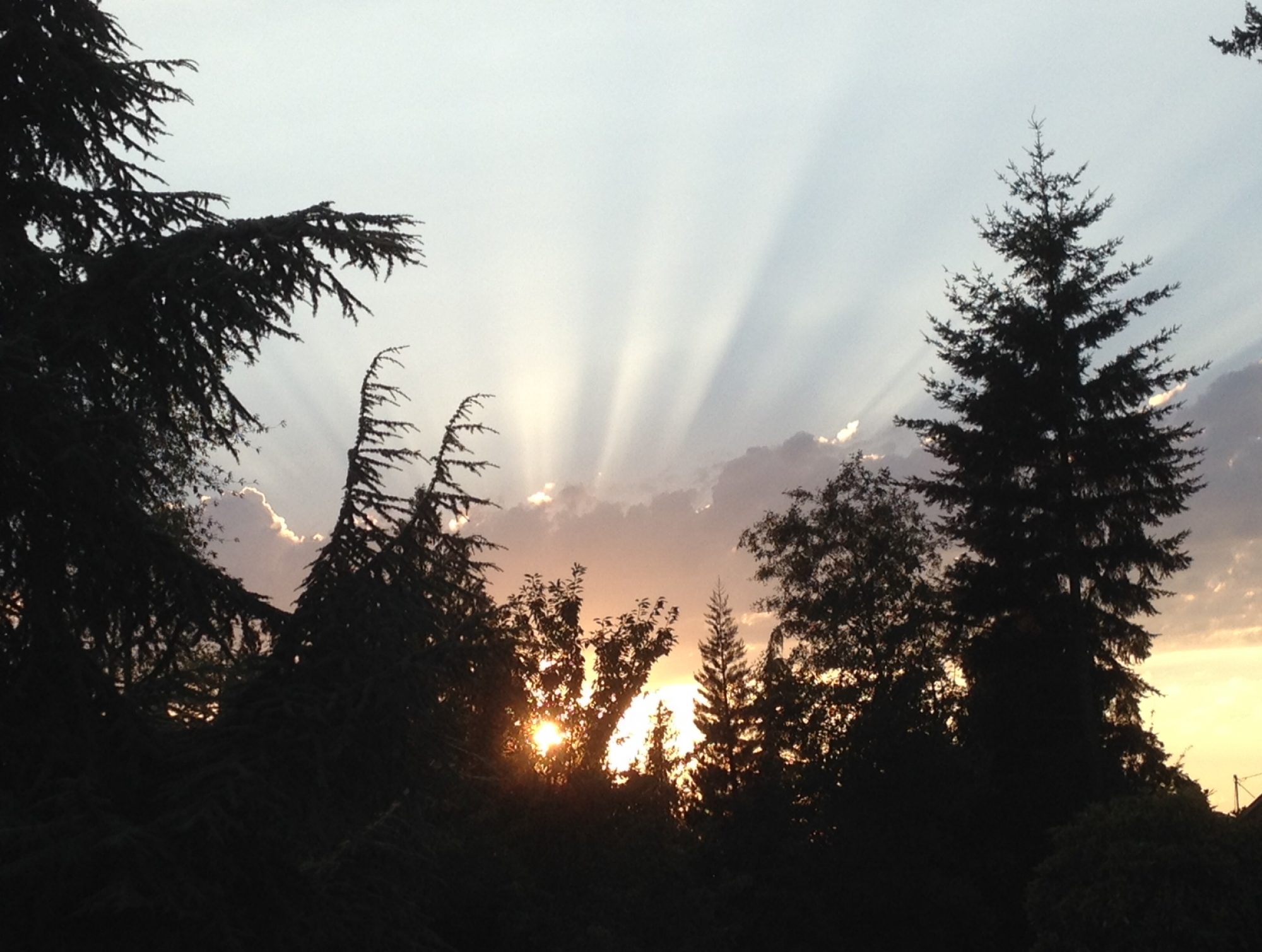Everyone knows that karaoke originated in Japan. When I’m talking to someone about karaoke and catch myself pronouncing kya-ree-Oh-kee, while of course I know the correct pronunciation (Kah-Rah-Oh-Ke), flat, no accent on any syllable), it’s rather amusing. In any case, living in the U.S., I find karaoke often ridiculed or avoided; the majority of Americans are not crazy about singing in front of people. When I ask my friends if they want to go out for karaoke, many say, “I can’t sing,” or “Nobody wants to hear me sing.” Here, singing is a talent; only good and gifted singers should sing in front of other people. On the other hand, most Americans normally don’t mind getting up and dancing, while generally Japanese people are rather shy about dancing in public.
Among regular Japanese folks, there are definitely talented singers who stand out. But, when I have a chance to go sing karaoke with Japanese friends or business associates, just about everyone sings, even rather introverted men and women still get up and sing. There is something about singing and Japanese culture: ubiquitous, egalitarian, and deeply ingrained. Many “Enkai” (Japanese style party with eating and drinking) often involve everyone singing together and clapping hands. Everyone who grew up in Japan must remember the school field trips, where on the bus with classmates, a microphone goes around the entire bus, and each student has to sing one by one. It doesn’t matter how shy, good or bad you are; nobody seems to care. It is the enjoyment of singing and hearing your friends sing. Karaoke must have come out of this cultural ‘soil.’
I am not one of those people who frequent karaoke places, but I do like to go and sing every now and then. I remember the first time I tried karaoke many years ago; I think it was someone’s home party. I thought I must be able to sing a Beatles song, since I had sung along hundreds of times. I believe I tried “Something,” and failed miserably. I realized I couldn’t just get up and sing; I needed to practice, a whole bunch of times. It’s in a way harder than playing the guitar and singing along, because the karaoke “empty orchestra” does not accommodate you. If I’m off a half beat, I’m screwed. Just about every Japanese person I did karaoke with has been pretty good; I bet they all had practiced for hours and hours.
I remember hearing, probably from one of the ethnomusicology classes in college, something like ninety percent of Japanese pre-modern composition was vocal music. Most musical instruments in Japanese classical music were used for accompaniment for voice and providing atmosphere, rather than independent instrumental pieces like European classical tradition. A musician from Zimbabwe told me, if you walk, you dance; if you talk, you sing. Maybe the notion of Arts as something specialized and separate from other parts of human activities, requiring talent and creativity, is rather unique to the West. In the rest of the world, music, visual arts, dance, poetry, literature, crafts, spiritual activities, and others are all blended together.
The most popular TV program when I was growing up in Japan was called “Kohaku Utagassen” (Red vs White Team Singing Competition). Up to 80 percent of the television sets were tuned in to this show for four and half hours every year on New Year’s Eve. Most popular pop singers in Japan were divided into two teams: White Team of male singers vs Red Team of female singers. At the end the judges, viewers and the audience decided which Team should win. Watching this singing TV program with your family, saying good-bye to the past year and bringing in the coming new year was a ritual for the huge majority of people. There is another longevity TV program in Japan called Nodojiman, singing contest. The amateur contestants sing one by one on stage in front of the audience. If you pass, you get 11 notes on the tubular bells; if you are ok, two notes; if bad, just one note. The champion of each week wins just a trophy, not a huge sum of money. Both TV programs are still broadcasted today (Kohaku since 1951, Nodojiman since 1946). These shows among others definitely have been fertilizing the soil of Japan’s singing culture.
